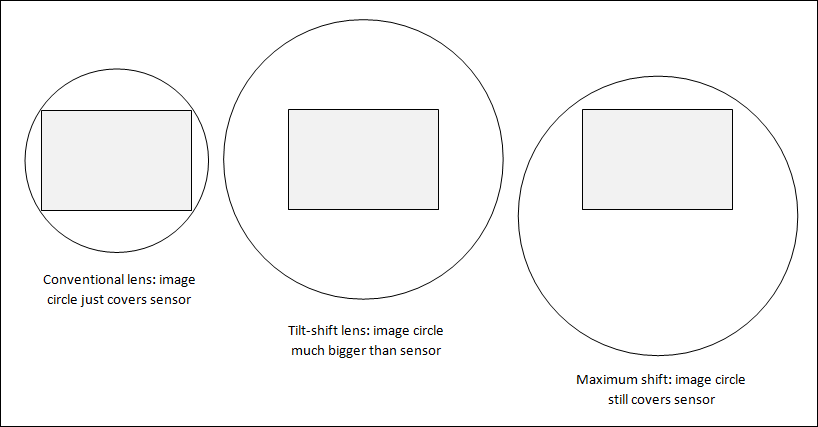- Messages
- 1
- Edit My Images
- No
Hello everyone, I m new to this site and this is my first post. Anyway getting straight to the point. I m starting out as an architecture photographer. I m doing some research on lens in general. What do you guys think is the best route in terms of investments? Should I go for the TSE Lens or just adapter? Are there any significant differences in terms of function beside price? I have figured out i will be using more shift function rather than tilt. Your contribution will be very much appreciated, thank you.


